Jim McNiel was the down-to-earth savior of the iconic 1951 Hirohata Mercury
Jim McNiel was a down-to-earth, history-loving, do-it-yourself car guy. He was also, according to Herschel “Junior” Conway and pretty much every other significant member of the custom car community, a savior. It was McNiel, then just a teenager, who saw the 1951 Hirohata Mercury at a used car lot in 1959 and decided (with some encouragement from his older brother) that he just had to own it.
And he never let it go.
Not that people didn’t try to woo him away from the low-slung custom—and for some incredible sums of money, too.
McNiel, who died in 2018, remembered seeing the car for the first time as his brother drove the two of them to work. They both turned their heads quicker than a chiropractor’s axial adjustment, but only Jim’s brother knew what they were looking at. “He told me how famous the car was,” McNiel recounts in in Part 3 of The Hirohata Merc: Custom Legend, a four-part video docuseries from the Historic Vehicle Association. “He says, ‘You’ve got to have that car.’ I can still hear him saying it.”
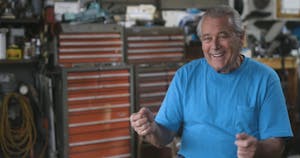
The car salesman was asking $750, but the brothers told him they’d give him $500. The only problem was that they didn’t have $500. So they went in search of a benefactor. “(We) went everywhere to try to get the money,” Jim recalls. He eventually borrowed the money from his girlfriend’s father, then hurried off to make the deal.
“Luckily, it was still there,” McNiel says, and the deal was done.
Conway, who worked for brothers George and Sam Barris at California’s Barris Kustoms—where the car was originally created for Masato (Bob) Hirohata—said the stars were in alignment that day.
“He’s the savior,” Conway says of McNiel. “He’s the one person that deserves all the credit for that car being here today.”
The Merc wasn’t exactly a turn-key car. “It ran kind of rough, and a lot of things didn’t work on it,” McNiel says. The brothers did all of the work themselves—“We were always in the garage”—and before long, one of the most famous custom cars ever built became McNiel’s high school daily driver. His friends may not have known what to make of it, but McNiel knew he had something special, simply by the way other drivers gawked at it whenever he was out and about.
“I didn’t feel this car was better than anybody else’s, but I felt it was different,” he says. “It was the only car at school that had a chopped top on it, and then having a Cadillac motor in there? I mean, you’ve got a Mercury with a Cadillac motor—this is really cool.
“To have a Barris car, you can’t get any better than that. I later learned how to drive it without looking at people looking at you. You know, you just kind of pay attention (to the road) and try to be cool. But at first, I couldn’t believe it; this thing was so neat. I just wanted to take it everywhere.”
Though he broke up with the girl whose father had loaned him the money to buy the Merc, the car played an important role in catching the eye of McNiel’s future wife, Sue. Her grandmother lived near the McNiel’s, and one day Jim saw her in the backyard and cruised around the block until she acknowledged him.
When Sue finally looked up, “I was looking over and smiling at her, but she didn’t even see me; she was looking at the car,” Jim says with a laugh. Her eyes eventually made their way to the driver, however. The two were married in 1964, and when children began to arrive, the McNiels parked the Merc in the garage and covered it.
Rumors floated around about the car’s whereabouts. “They knew the car was somewhere, they just didn’t know where,” McNiel says. “And I was OK with that. I just wasn’t ready.”
One of the few people who knew that Jim owned the Merc was Greg Sharp, curator and historian at the Wally Parks NHRA Motorsports Museum. He called McNiel and asked if he could see it. McNiel being McNiel, he invited Sharp to come on over.
“I opened the garage door and he just froze,” McNiel says. “He stood there so long that my wife went and got him a chair. And he just sat outside of the garage for what seemed like an hour, just thinking, ‘I finally saw this car.’”
Conway visited too, and he sometimes brought along offers from people interested in buying the Mercury. One such offer was for $1 million. However, Conways says of McNiel. “He never wanted to sell. I respect him for that.”
“I’m just a little different,” McNiel admits. “I just like to keep old neat stuff.”
McNiel still wasn’t ready to restore the car to its former glory, mostly because he knew how much it would cost to do it right. Then automotive historian and author Pat Ganahl, who had just revived Rod & Custom magazine, reached out to him after a friend reluctantly shared McNiel’s phone number. Ganahl proposed a restoration of the Hirohata Merc that would be fully documented in the magazine. McNiel was hesitant—until Ganahl told him the magazine would pay for it.
“It was like a weight off that I’d been carrying around with me,” McNiel says. “And that’s what got me going finally.”
We’ll hear more about that next week.
The four-part Hirohata Mercury documentary is part of the HVA’s Drive History video initiative, which features vehicles in the National Historic Vehicle Register and also showcases veteran preservationists, historians, and automotive experts. Videos are scheduled to be released every Wednesday.
We’ll be sure to keep you posted about each new episode; you can also stay in the loop by following the HVA on Facebook, Instagram, and Youtube.
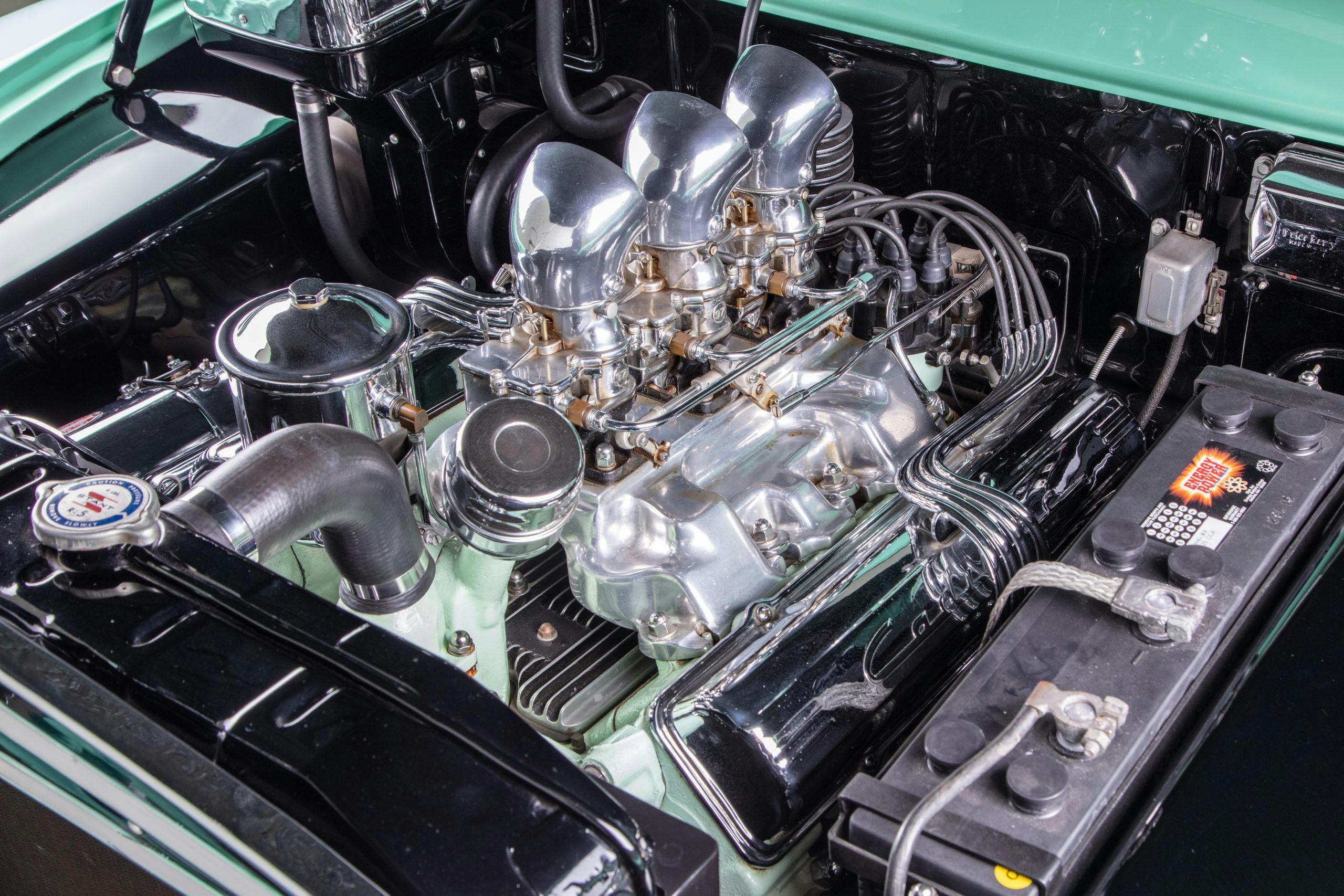
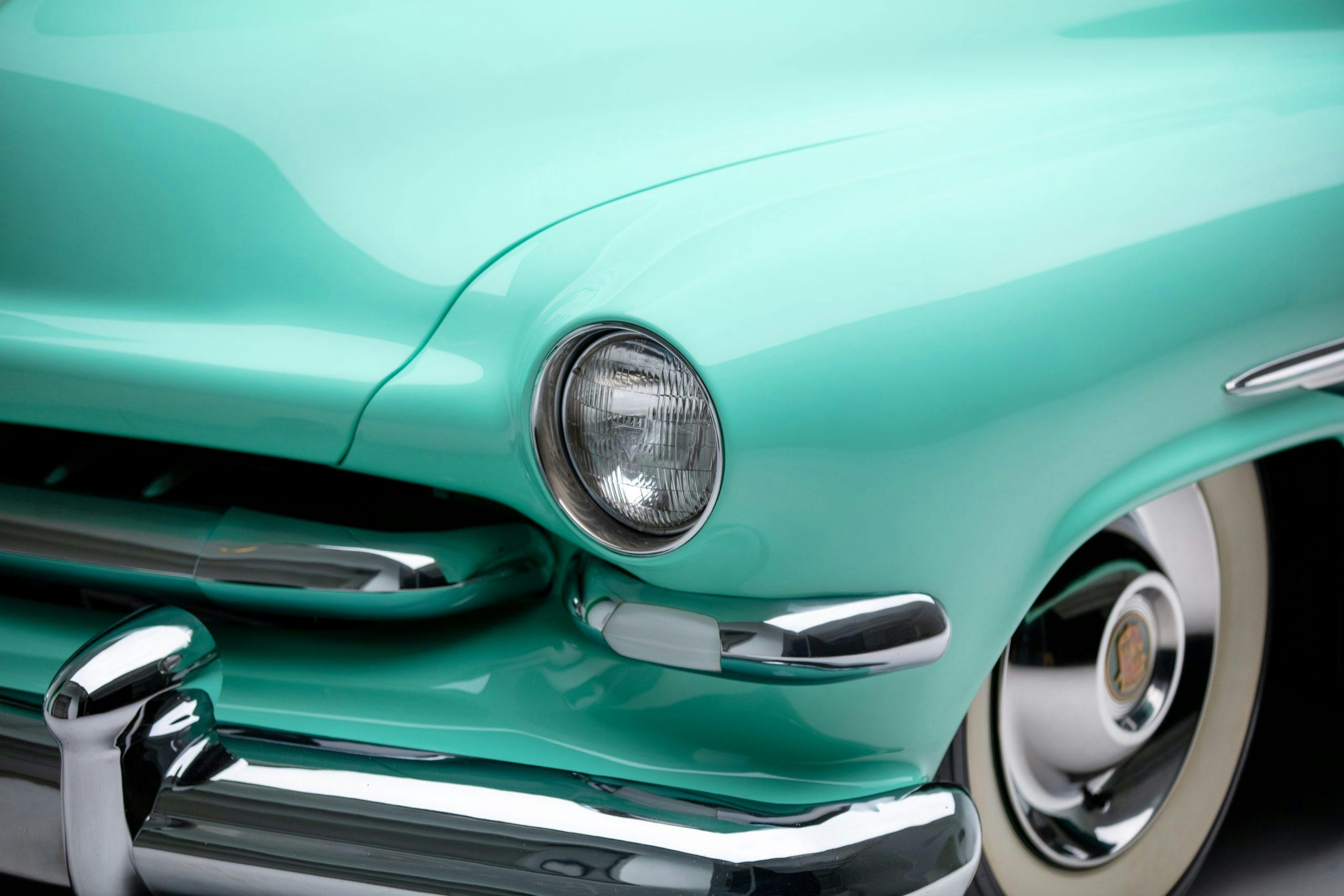
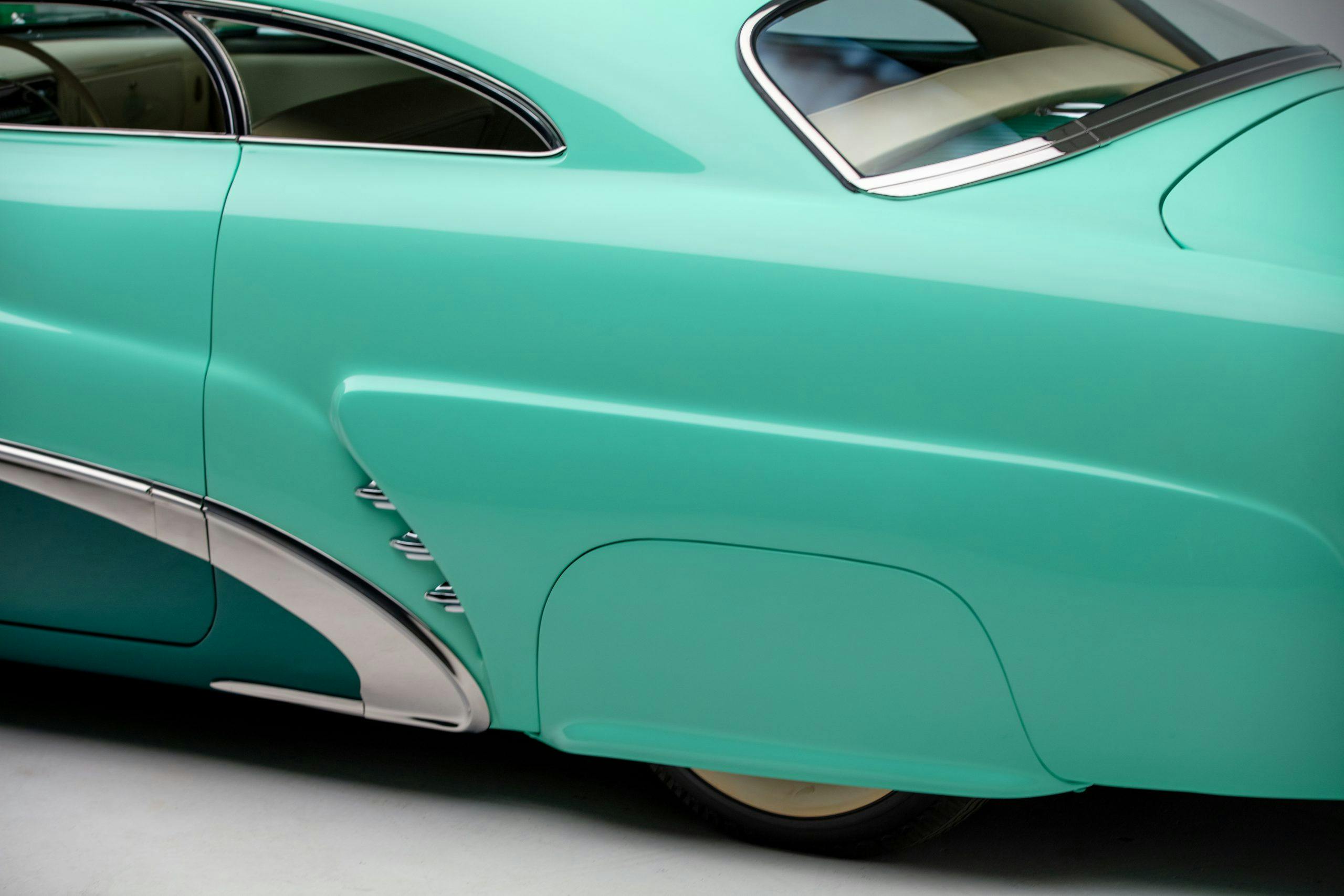
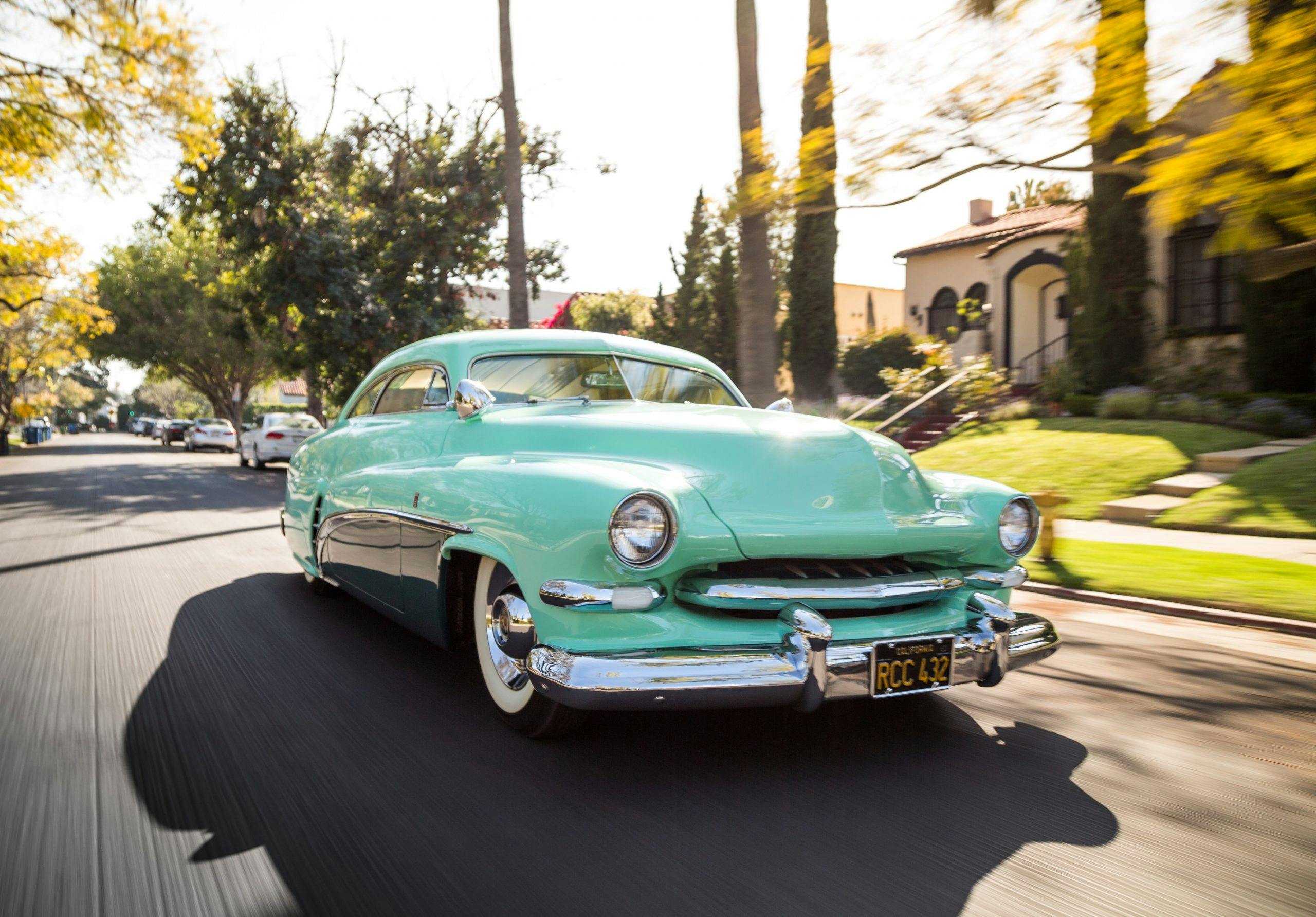
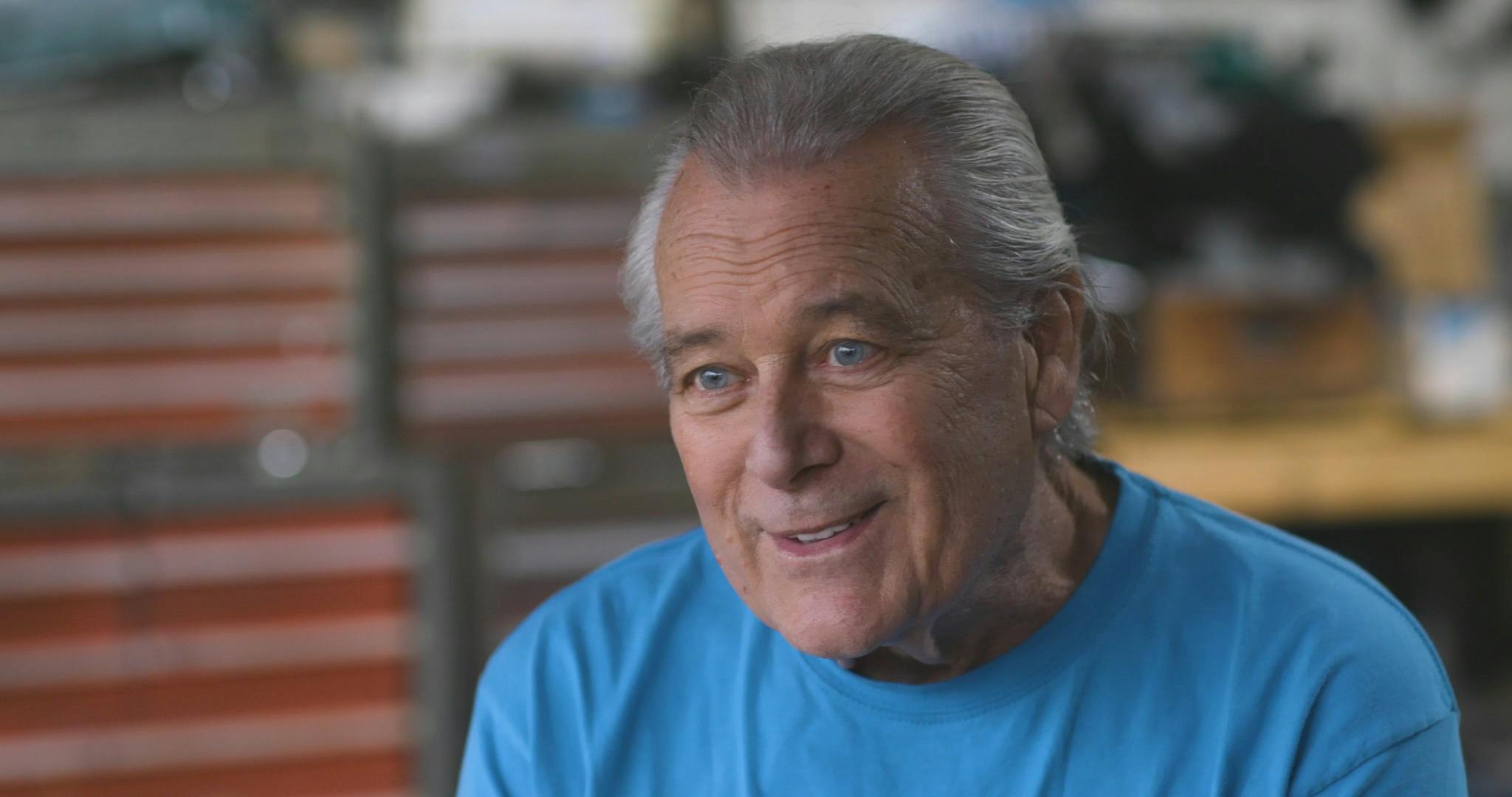


Many cars were saved by teens with dreams.
The Impala from American Graffiti was bought and save for years by a high school kid. His daughter even restored the engine in auto shop in her teens.